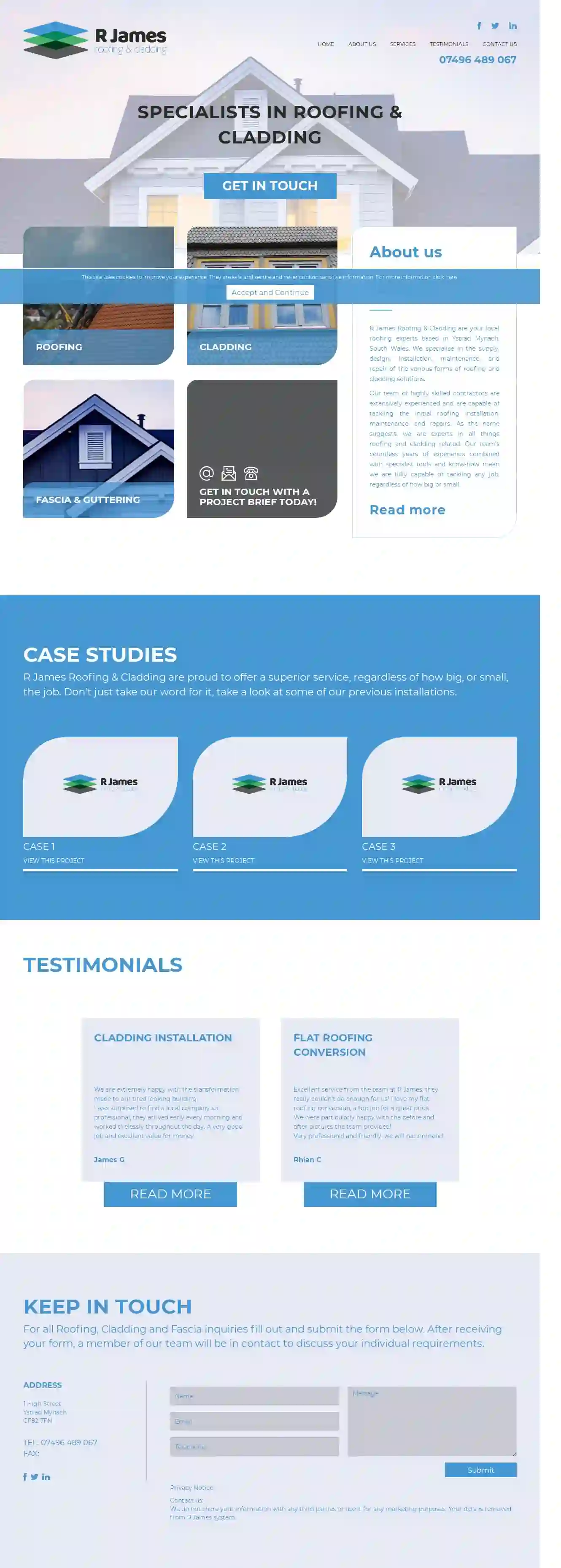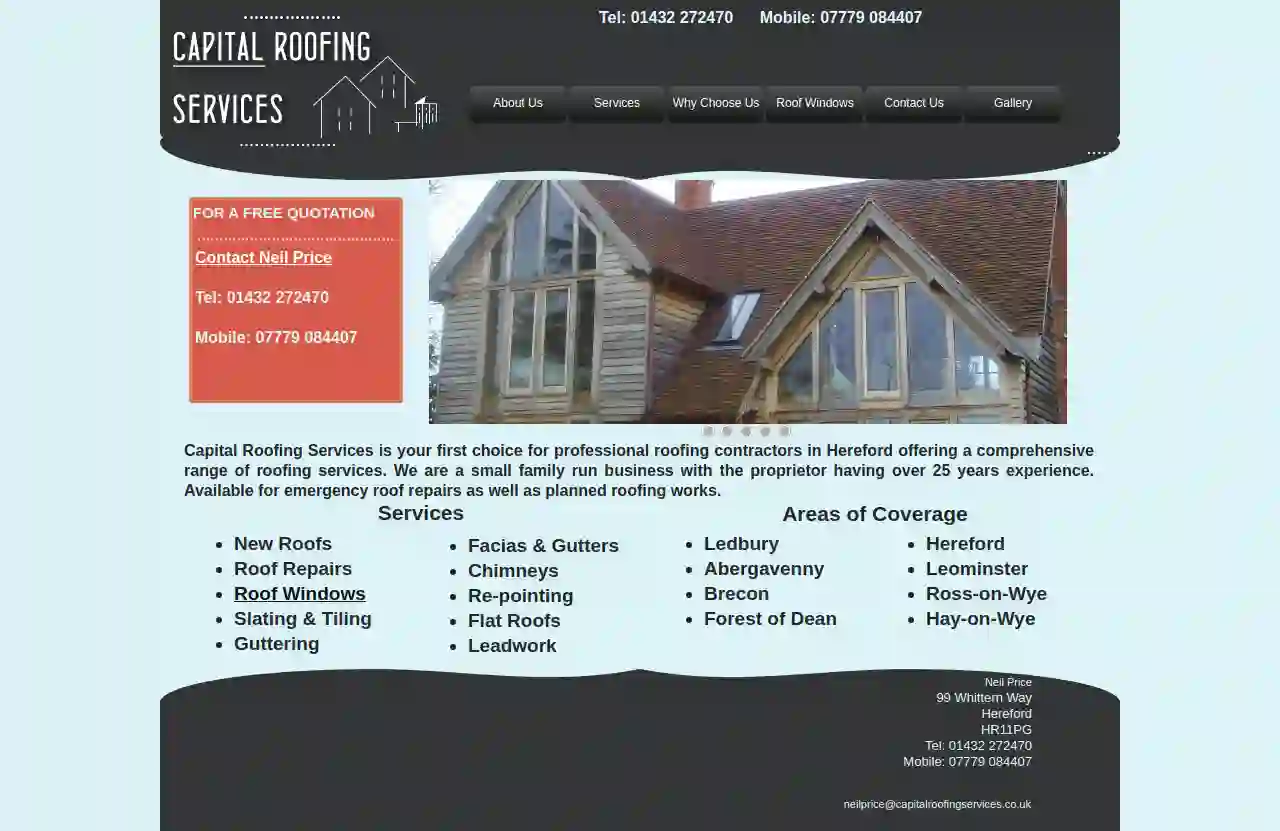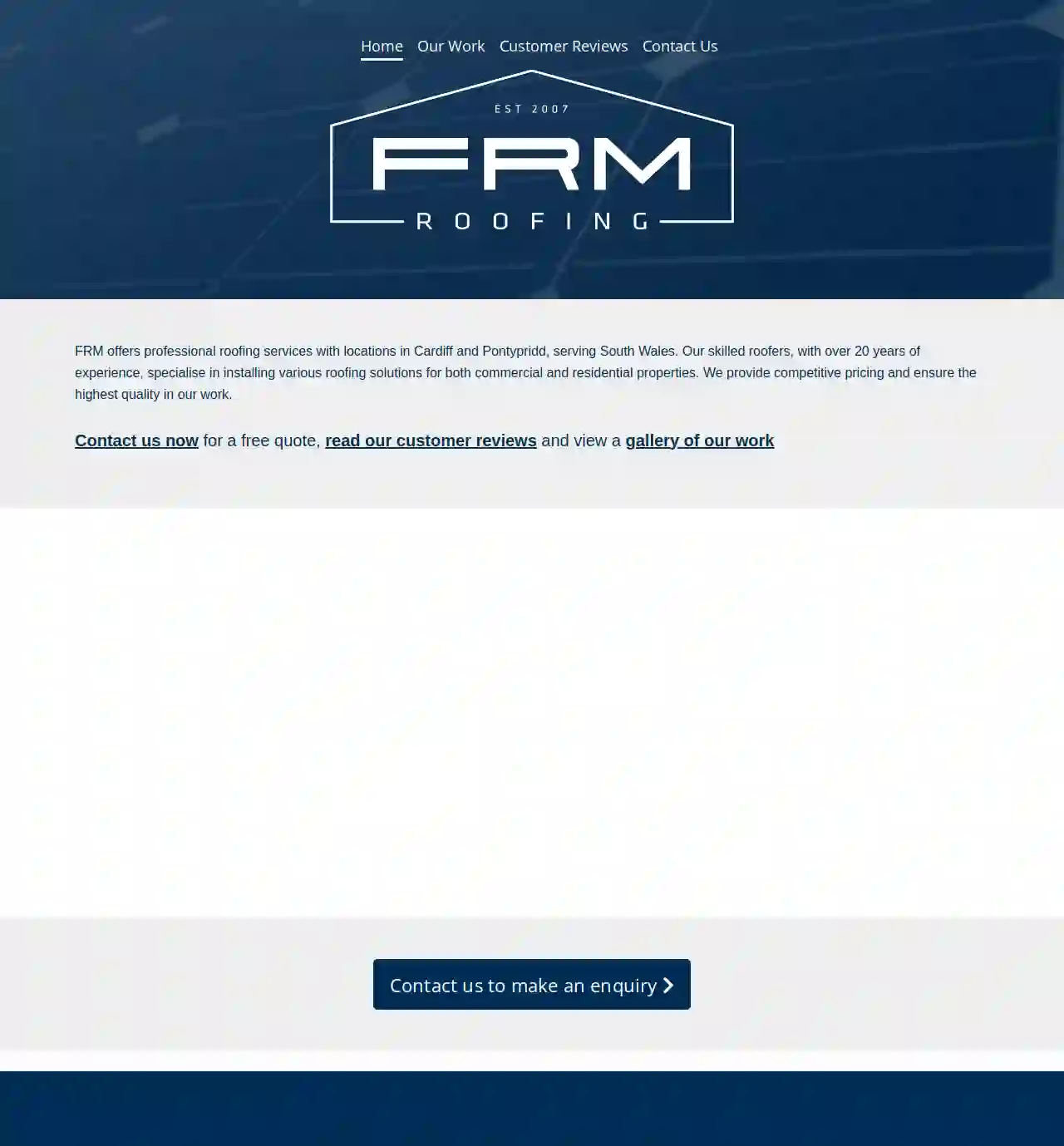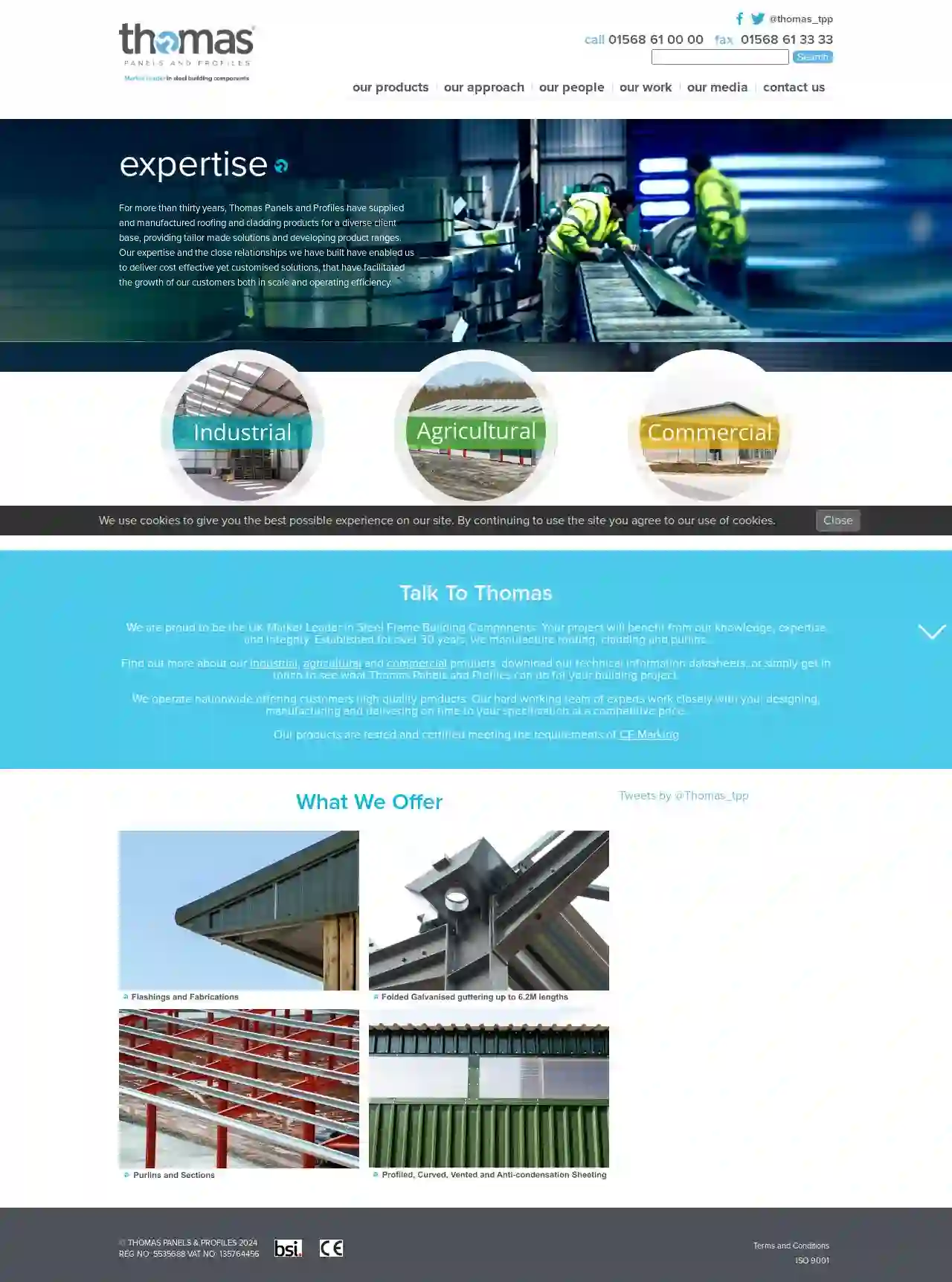Roofing Companies Dowlais
Find Roofing Service in Dowlais
Get multiple Roofers quotes for your project today! Compare profiles, reviews, accreditations, portfolio, etc... and choose the best offer.

Pepper Roofing
4.612 reviews32 Bristol Road, Bridgwater, TA6 4BN, GBPepper Roofing is a professional roofing company serving Bridgwater, Taunton, and Somerset. We offer a wide ranges of roofing services, including roof tiling, flat roofing, chimney repointing, fascia and gutter repairs, and more. Our team of experienced craftsmen is dedicated to providing high-quality workmanship, reliable service, and competitive prices. We are fully committed to ensuring customer satisfaction and offer a guarantee on all our work. Whether you need a full roof replacement or a minor repair, Pepper Roofing is here to help. Contact us today for a free quote and expert advice.
- Services
- Why Us?
- Accreditations
- Our Team
- Testimonials
- Gallery
Get Quote
A silcox roofing services
52 reviewsGBSouth Wales Roofing Network is a network of roofing professionals serving the South Wales region. We offer a wide range of roofing services for both domestic and commercial properties, including roof repairs, flat roofing, pitched roofing, fascias and soffits, and more. Our members are experienced and qualified roofers who are committed to providing high-quality workmanship and customer service. We understand that your roof is a vital part of your home or business, and we take pride in ensuring that it is properly protected. Whether you need a small repair or a complete roof replacement, our team can help. Contact us today for a free quote.
- Services
- Why Us?
- Accreditations
- Our Team
- Testimonials
- Gallery
Get Quote
Ross James Roofing & Cladding
1 High Street, Ystrad Mynach, CF82 7FN, GBR James Roofing & Cladding are your local roofing experts based in Ystrad Mynach, South Wales. We specialise in the supply, design, installation, maintenance, and repair of the various forms of roofing and cladding solutions. Our team of highly skilled contractors are extensively experienced and are capable of tackling the initial roofing installation, maintenance, and repairs. As the name suggests, we are experts in all things roofing and cladding related. Our team's countless years of experience combined with specialist tools and know-how mean we are fully capable of tackling any job, regardless of how big or small.
- Services
- Why Us?
- Testimonials
- Gallery
Get Quote
Capital Roofing Services
4.611 reviews99 Whittern Way, Hereford, HR11PG, GBCapital Roofing Services is your first choice for professional roofing contractors in Hereford. We are a small family run business with the proprietor having over 25 years experience. We are available for emergency roof repairs as well as planned roofing works.
- Services
- Why Us?
- Our Team
- Gallery
Get Quote
FRM Roofing
56 reviewsRhondda, GBFRM offers professional roofing services with locations in Cardiff and Pontypridd, serving South Wales. Our skilled roofers, with over 20 years of experience, specialise in installing various roofing solutions for both commercial and residential properties. We provide competitive pricing and ensure the highest quality in our work.
- Services
- Why Us?
- Gallery
Get Quote
Eurocell Bridgwater
414 reviewsBridgwater, GBEurocell is a leading manufacturer of PVCu building products, including windows, doors, conservatories, and roofline systems. With a wide range of products and services, Eurocell helps homeowners and builders create beautiful and functional living spaces. Our products are designed to be durable, low maintenance, and energy efficient, making them a great choice for any project.
- Services
- Why Us?
- Accreditations
- Gallery
Get Quote
AC Roofing & Building Maintenance
512 reviewsGBDOMESTIC & COMMERCIAL ROOFING services efficient & reliable Regarding professional and well-crafted roofing solutions, AC Roofing & Maintenance should be your first and last team to turn to. With years of experience within the industry, our roofer in Taunton-based specialists has been able to perfect and develop our skills to provide you with the very best service possible. Here at AC Roofing & Maintenance, we believe in providing our customers with personal service, working around you and your family to make sure that we cause as little stress as possible. From roof replacements and repairs to installations, we can do it all! Our team of experts have gained a quality reputation for providing domestic and commercial clients around the area with a wide range of roofing solutions. When you choose AC Roofing Taunton, you can always expect to receive a professional service from start to finish by our team of trained roofers. Whether you require flat roofing solutions or pitched roofs, our team can get the job done. We offer quality tiles, strong felt roofing and much more. Regardless of your requirements, you can always rely on our professionals to provide an efficient and reliable service from start to finish. Why choose ac roofing taunton for your project? Regardless of your requirements, our team of professionals will always strive to provide the best possible solution for your property. Not only are we experienced and professional, but we also offer free quotations so you can be sure you're getting the best value for your money.
- Services
- Why Us?
- Gallery
Get Quote
Thomas Panels and Profiles Ltd.
3.754 reviewsUnit 5, Southern Avenue, Leominster, HR6 0QF, GB- Services
- Why Us?
- Accreditations
- Gallery
Get Quote
Jones K Roofing
51 reviewsGBAt South Wales Roofing Network, our members are dedicated to providing a comprehensive range of roofing services across South Wales. Whether you need roof repairs, flat roofing, pitched roofing, fascias and soffits, or any other roofing-related service, our experienced and qualified team can handle it all. We understand the importance of a well-built roof for your home or business, and we strive to deliver exceptional workmanship and customer satisfaction. Our members are committed to using high-quality materials and the latest roofing techniques to ensure long-lasting and reliable results. We cover a wide range of areas throughout South Wales, so no matter where you are located, we can provide you with the roofing solutions you need. Contact us today to receive a free quotation and let us take care of your roofing needs.
- Services
- Why Us?
- Accreditations
- Gallery
Get Quote
K1 Roofing Ltd
26 Frost Road, Ebbw Vale, NP23 5RP, GBK1 Roofing Ltd is a team of high quality and reliable roofing specialists based in Blaenau Gwent, Wales. With years of experience, our team provides industry-leading roofing and building services across Wales. From repairs to installations and general maintenance, we can handle all your roofing needs. We pride ourselves on using the best equipment and materials to ensure long-lasting results for all our clients. We work closely with our clients, ensuring all their needs and requirements are met. We are proud to be accredited and approved installers by all major roofing suppliers. Our services extend beyond just completing the job; we strive to ensure our clients are completely satisfied with our work. Our team is dedicated to delivering experience and expertise in roofing services such as roof repairs, new roof installations, tiled roofs, and more. Whether you're a domestic or commercial client, K1 Roofing Ltd is your go-to roofing and building company in Blaenau Gwent.
- Services
- Why Us?
- Accreditations
- Our Team
- Testimonials
- Gallery
Get Quote
Over 12,314+ Roofers onboarded
Our roofing contractors operate in Dowlais & surroundings!
Roofyng.co.uk has curated and vetted Top Roofing Businesses arround Dowlais. Find a top & trustworthy pro today.
Frequently Asked Questions About Roofing Companies
- Safety First: Avoid going onto the roof during a storm, as it's dangerous.
- Document the Damage: Take photos and videos of the damage for insurance purposes.
- Contact Your Insurance Company: Report the damage to your insurance company as soon as possible to initiate a claim.
- Temporary Repairs: If safe, address any immediate leaks using buckets or tarps to minimize further damage.
- Contact a Roofing Contractor: After the storm, have a qualified roofing contractor inspect the roof and provide a repair estimate.
- Home Improvement Loans: Offered by banks or credit unions.
- Home Equity Loans or Lines of Credit: Use your home's equity as collateral.
- Government Programs: Check for energy efficiency rebates or grants.
- Contractor Financing: Some roofing companies offer financing plans.
What is the difference between a roof overlay and a roof tear-off?
Roof Overlay: Installing a new layer of roofing material over the existing roof. It's less expensive and faster, but not always ideal.
Roof Tear-Off: Completely removing the existing roofing before installing a new one. More labor-intensive but allows for inspection and repairs to the roof deck.
A tear-off is typically preferred, but a roofing contractor can advise on the best approach for your situation.
What should I do if my roof is damaged in a storm?
What should I do with my old roof after replacement?
How can I get financing for a new roof?
What is the difference between a roof overlay and a roof tear-off?
Roof Overlay: Installing a new layer of roofing material over the existing roof. It's less expensive and faster, but not always ideal.
Roof Tear-Off: Completely removing the existing roofing before installing a new one. More labor-intensive but allows for inspection and repairs to the roof deck.
A tear-off is typically preferred, but a roofing contractor can advise on the best approach for your situation.
What should I do if my roof is damaged in a storm?
- Safety First: Avoid going onto the roof during a storm, as it's dangerous.
- Document the Damage: Take photos and videos of the damage for insurance purposes.
- Contact Your Insurance Company: Report the damage to your insurance company as soon as possible to initiate a claim.
- Temporary Repairs: If safe, address any immediate leaks using buckets or tarps to minimize further damage.
- Contact a Roofing Contractor: After the storm, have a qualified roofing contractor inspect the roof and provide a repair estimate.
What should I do with my old roof after replacement?
How can I get financing for a new roof?
- Home Improvement Loans: Offered by banks or credit unions.
- Home Equity Loans or Lines of Credit: Use your home's equity as collateral.
- Government Programs: Check for energy efficiency rebates or grants.
- Contractor Financing: Some roofing companies offer financing plans.